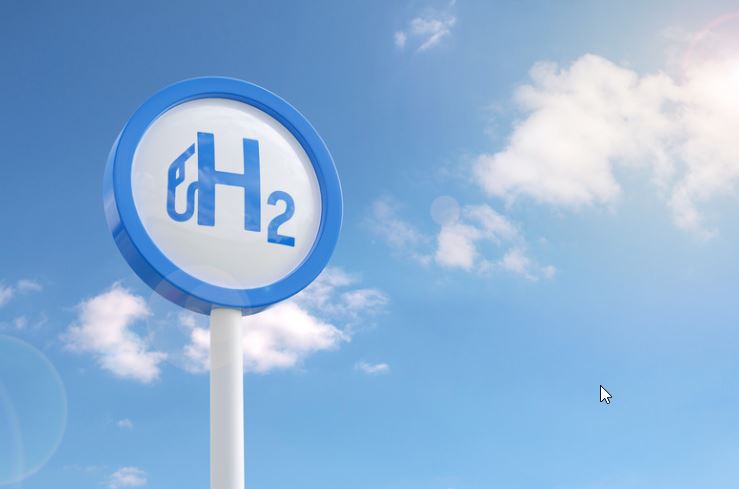The Korea Automobile & Mobility Association (KAMA) recently shed light on the concerning trend of deteriorating charging infrastructure for hydrogen fuel-cell electric vehicles (FCEVs) in Korea.
According to KAMA’s report, the number of hydrogen FCEVs per charging station increased to 203 in March 2024, reflecting a 12% rise from March 2021. However, this uptick underscores a glaring issue: a shortage of charging spots for hydrogen vehicle owners. Despite the surge in hydrogen car registrations over the past three years, the pace of establishing new charging stations has failed to keep up.
Over the mentioned period, the disparity between the number of registered hydrogen cars and the establishment of hydrogen charging stations has been stark. While hydrogen car registrations soared from 12,439 to 34,872 units, the growth in the number of hydrogen stations was comparatively modest, rising from 69 to 172.
KAMA’s analysis also unveils notable regional variations in hydrogen charging infrastructure. Sejong, located 113 kilometers south of Seoul, witnessed a significant deterioration in its hydrogen charging infrastructure, with the number of hydrogen cars per station skyrocketing from 53 to 224. In contrast, Gangwon Province saw a remarkable improvement, with the number of hydrogen cars per station decreasing from 484 to 226.
These findings prompt a critical evaluation of Korea’s approach to hydrogen infrastructure development. While the surge in hydrogen car registrations signals growing consumer interest and adoption, the inadequate expansion of charging infrastructure poses a substantial bottleneck.
The discrepancy between the growth rates of hydrogen cars and charging stations underscores the urgent need for strategic interventions. Failure to address this disparity risks hampering the scalability and sustainability of Korea’s hydrogen mobility ecosystem.
